Ribbed, dark, leathery – anthurium recavum has all you can ask for in an aroid. Your love for anthuriums will grow a little bit more with this one.
This blog will focus on care tips for growing Anthurium recavum as a houseplant and some interesting hybrids.
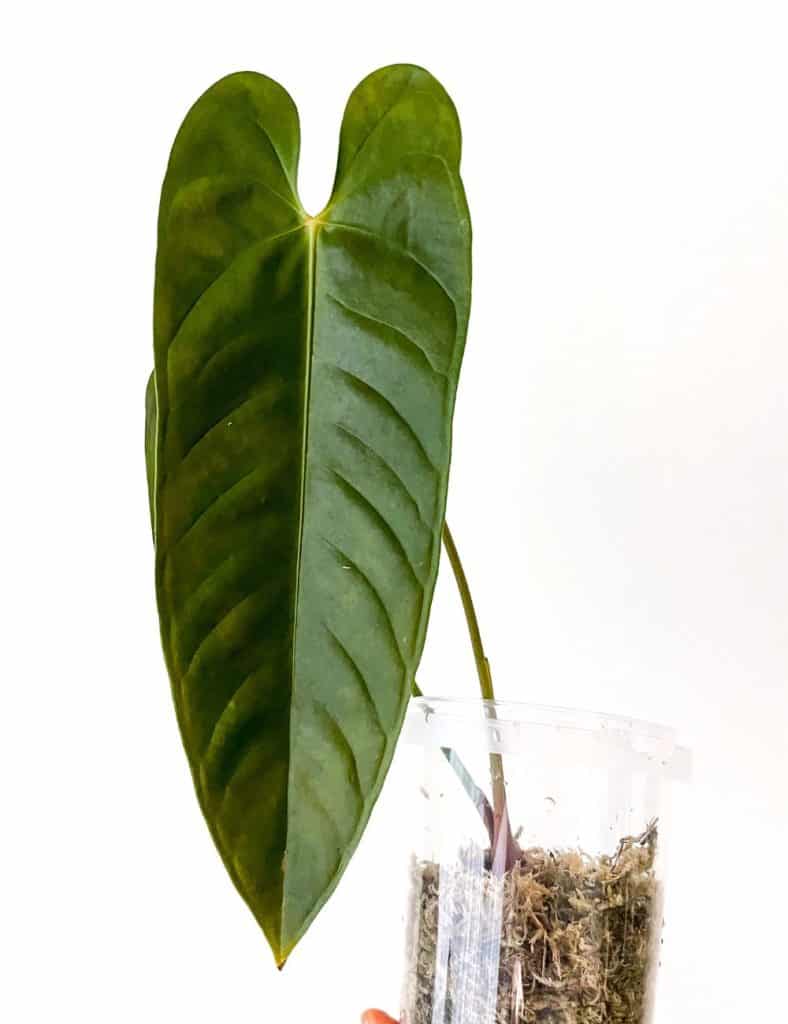
ANTHURIUM RECAVUM: BASIC INFO
Anthurium recavum is a species in the Araceae family endemic to the rainforests of Colombia in South America. It is found in the Valle del Cauca region in the lower montane and premontane wet forests along the Cordillera Occidental, the lowest in elevation of the three branches of the Colombian Andes.
It grows terrestrial or as an epiphytic plant.
Its name comes from the Latin word ‘recavus‘, which means arched inwards, referring to its sunken veins. And the ‘ribs’ are what make this plant truly spectacular. They kind of look like a mountain range, very well-defined.
In its appearance, Anthurium recavum resembles Anthurium delannayi, another member of the Calomystrium section.
But it also reminds me of Anthurium veitchii which is also part of Calomystrium section. They share a ribbed texture.
It is the most elegant anthurium in my collection.
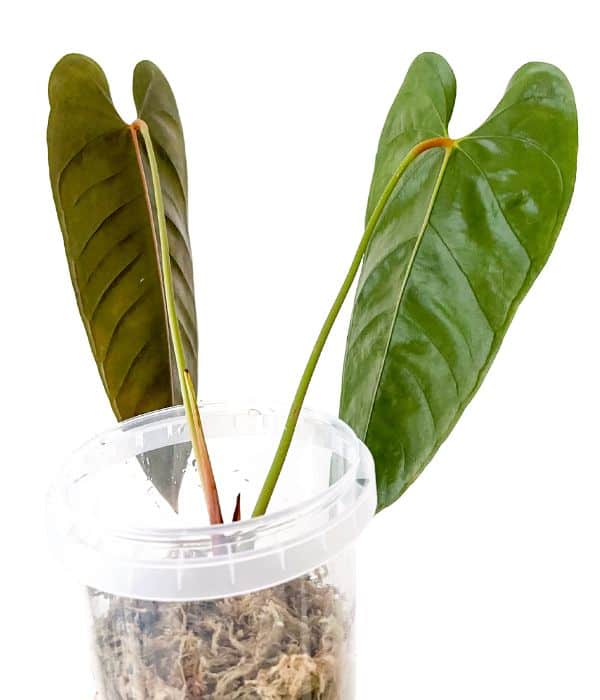
Anthurium Recavum leaves are to die for
The leaves have a narrow sinus and a wavy, undulating pattern with a metallic sheen. The sunken primary lateral veins are what make this species a striking one.
The emergent leaf color is simply stunning. New leaves are light brown and stay in that color for a long time. As the plant matures, the leaves become longer and the veins more pronounced. The chocolate color transitions to deep dark green as the leaf hardens off.
For a proper scientific description of these plants, refer to this paper.
Anthurium recavum is characterized by an upward growth pattern. It won’t spread out like Anthurium effusilobum.
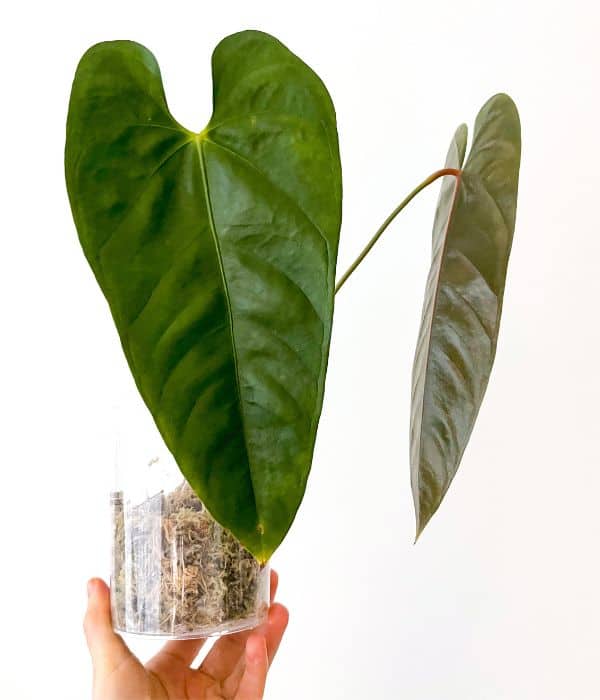
NAILING ANTHURIUM RECAVUM CARE
It is a slow grower. And not the easiest to grow. The first one I got didn’t pass the acclimatization stage and, unfortunately, died.
I grow all my aroids indoors, and the care tips below are specifically for growing the plant indoors. If growing your recavum outdoors, you’ll need to adjust the care accordingly.
A disclaimer – I’m not a professional grower, so the advice below is what works for me in my limited experience growing Anthurium recavum.
LIGHT
I believe it can tolerate lower light levels, but you won’t go wrong with bright indirect light.
POTTING MIX
It grows in a very humid and wet environment and is used to high moisture levels. Unlike purely epiphytic plants, such as strap leaf anthuriums (vittarifolium, pallidiflorum, or wendlingeri), this anthurium prefers a more moist medium. I still use a well-draining and airy aroid mix but make it more water-retentive.
WATERING
You’ll need to adjust watering based on the potting media you use. I don’t believe this anthurium likes to dry out between waterings. Try to keep the roots moist most of the time.
TEMPERATURE
Given its natural habitat of higher elevations (600-2100m), we should assume it prefers cooler nights. But it is still a tropical plant, so your temperatures should not fall below 16C (60F). Too hot, and it will struggle.
In this sense, it is similar in care to Anthurium warocqueanum, which also prefers cooler night temperatures. I know growers in Singapore who often struggle with the queen anthurium growing outdoors. It doesn’t go below 26C (78F)at night at any time during the year.
HUMIDITY
Like most aroids, the more humidity the better. But, I grow mine outside of grow tent where the humidity levels are around 55%. I heard some aroid enthusiasts can grow them successfully even in 40% humidity.
FERTILIZER
I’ve only experimented with liquid fertilizer (kelp solution), the same one I use for all my aroids.
If you can get your hands on Anthurium recavum, you won’t be disappointed.
ANTHURIUM RECAVUM HYBRIDS
Anthurium recavum belongs to the Calomystrium section. Species within a section can be crossed. For example, Anthurium magnificum can be crossed with Anthurium forgetii as they belong to the same section Cardiolonchium.
But also, in some cases, inter-sectional crosses can be successful. Some Anthuriums in the Calomystrium section have been successfully crossed with the Cardiolonchium, Belolonchium, Digitinervium, Polyneurium, and Semaeophyllium sections.
The hybrids below are owned by other plant enthusiasts or growers, I’ve yet to grow them.
ANTHURIUM RECAVUM X MAGNIFICUM
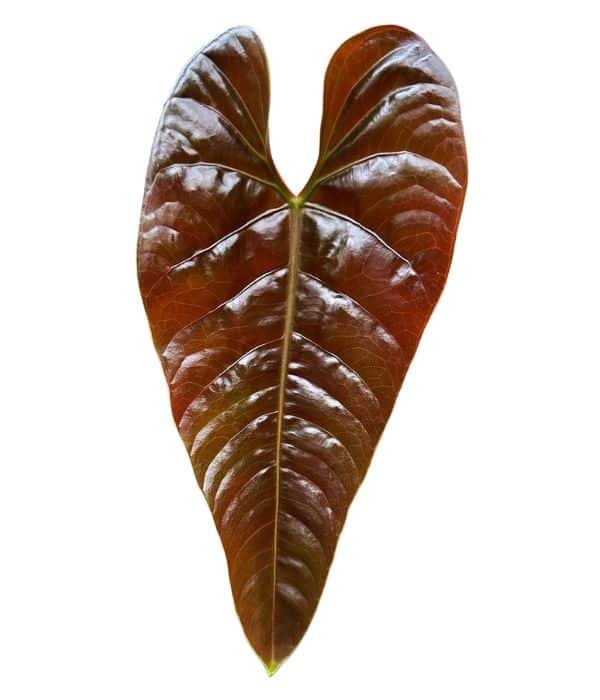
This recavum hybrid is with another member of the Cardiolonchium section, Anthurium magnificum.
ANTHURIUM VILLENAORUM X RECAVUM
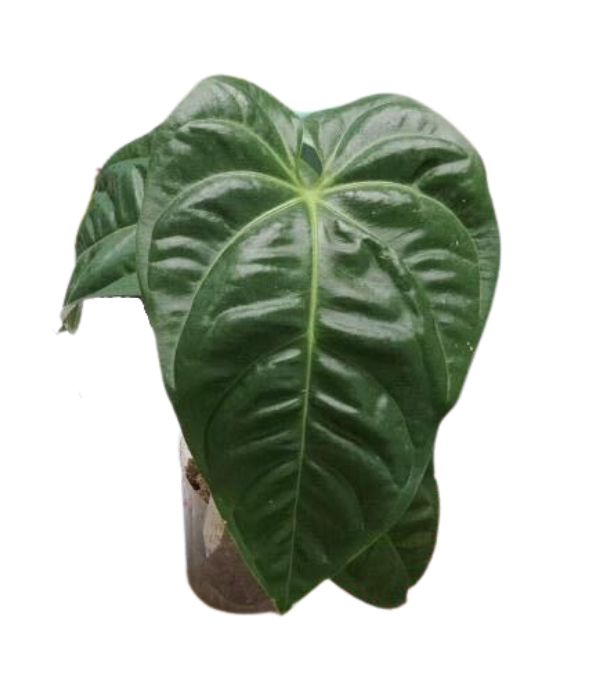
Have you heard about this hybrid? The combo is unheard of but looks fantastic.
Anthurium villenaorum belongs to the Cardiolonchium section, the same as Anthurium magnificum, crystallinum, forgetii, or warocqueanum. Given that recavum belongs to the Calomystrium section, this is an intersectional pollination.
ANTHURIUM RECAVUM X EFFUSILOBUM
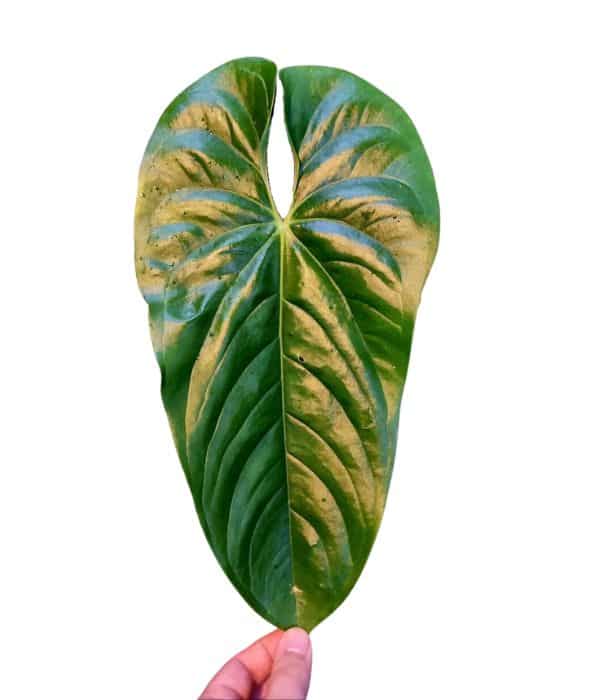
Anthurium effusilobum belongs to the Belolonchium section so this is another inter-sectional cross.
ANTHURIUM RECAVUM X VEITCHII
Both recavum and veitchii belong to the Calomystrium section.
Resources for further learning:
CROAT, THOMAS B., et al. “New Species of Araceae from Colombia.” Willdenowia, vol. 40, no. 1, 2010, pp. 63–122. JSTOR, http://www.jstor.org/stable/27896641
ORTIZ, ORLANDO O., THOMAS B. CROAT, “New Species of Anthurium section Calomystrium from Costa Rick and Panama.”Phytotaxa 257 (1), 2016, pp. 034-050. Magnolia Press, http://dx.doi.org/10.11646/phytotaxa.257.1.2
CROAT, THOMAS B., RICHARD D. SHEFFER, “The Sectional Groupings of Anthurium (Araceae)”. Aroideana, 1983 https://www.aroid.org/gallery/croat/0060308.pdf

